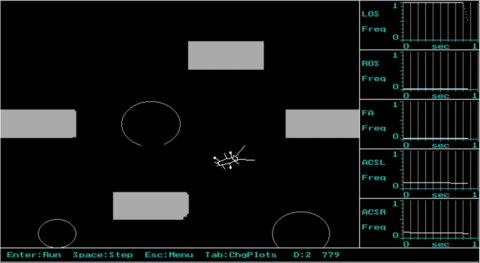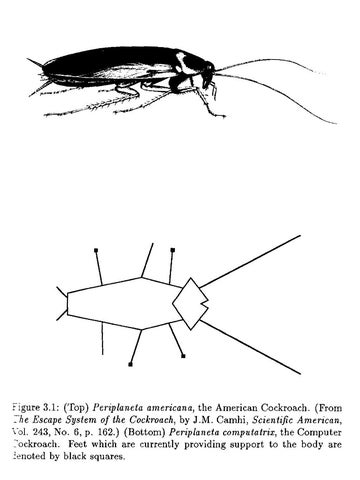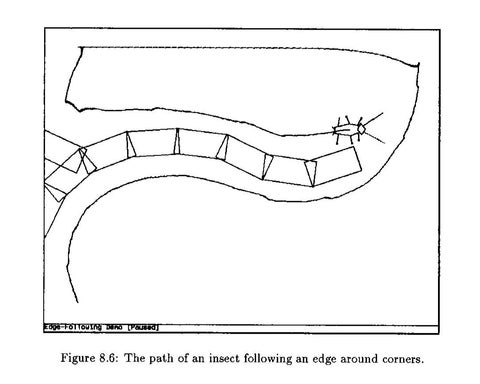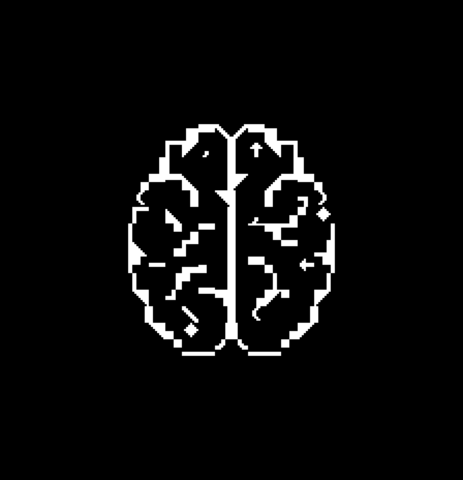
Neural Networks
by Amy VanderLaanScreenshot of the cockroach simulation implemented in C to run in DOS by Pat and Greg Williams.
Neural Networks
Neural Networks are a form of artificial intelligence that simulate the structure of a human brain. They consist of artificial neurons - nodes that model neurons in a human brain - and synapses, which are modeled by edges. Some applications for neural networks include predictive analytics, image and speech recognition, and adaptive control.
Intelligence as Adaptive Behaviour
Intelligence as Adaptive Behaviour: An Experiment in Computational Neuroethology is a book written by Randall D. Beer in 1990. It explores a methodology for constructing autonomous agents. Beer's approach to this "lies in the direct use of behavioural and neurobiological ideas from simpler natural animals to construct artificial nervous systems for controlling the behaviour of autonomous agents" (Beer, 1990, p. xvi).
In this case, the chosen simpler natural animal is a cockroach. My first student residence experience made me all too familiar with these little guys. Luckily, the computer cockroach is much cuter, with a simple design inspired by the real thing. The cockroach is programmed using neural networks to wander around its environment and use edge following with its antenna to navigate around obstacles. When hungry, it follows an odor gradient to locate food and ignores it if satiated.
Cockroach Simulation
The work in Beer's book was implemented in C to run in DOS by Pat and Greg Williams in 1991. The simulation allows one to set up an environment for the insect to explore. The state of the insect, such as energy/hunger, will change its behaviour based on what its sensing.
The video below shows an example environment for the insect using this simulation.
Neurons
| LOS | Left Odor Sensor |
|---|---|
| ROS | Right Odor Sensor |
| FA | Feeding Arousal |
| ACSL | Antenna Chemical Sensor Left |
| ACSR | Antenna Chemical Sensor Right |
Simulation Recording
This is only a simple summary of how the program works, and the book covers much larger territory, including animal neurobiology, development of a heterogeneous neural network, controllers for wandering, recoil, edge-following and feeding, and the problem of behavioural choice.

Beer, Randall D. Intelligence as Adaptive Behavior. Academic Press Inc., 1990.

Beer, Randall D. Intelligence as Adaptive Behavior. Academic Press Inc., 1990.
About the Author
Amy studies Computational Mathematics at the University of Waterloo and is the Computer Museum’s Fall 2024 co-op student. In her free time, she enjoys painting, collaging, and other forms of visual art making.



